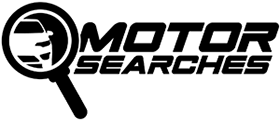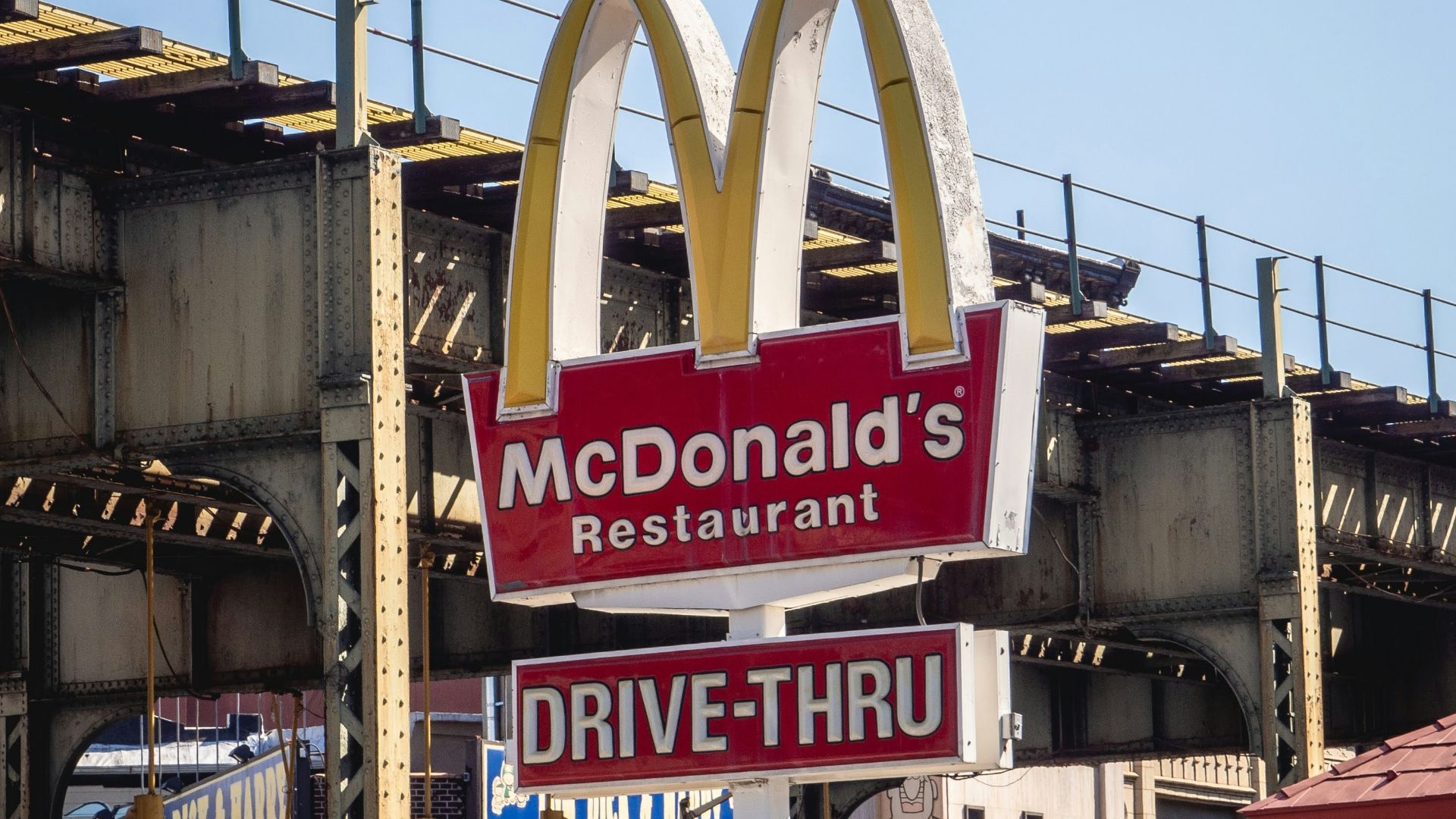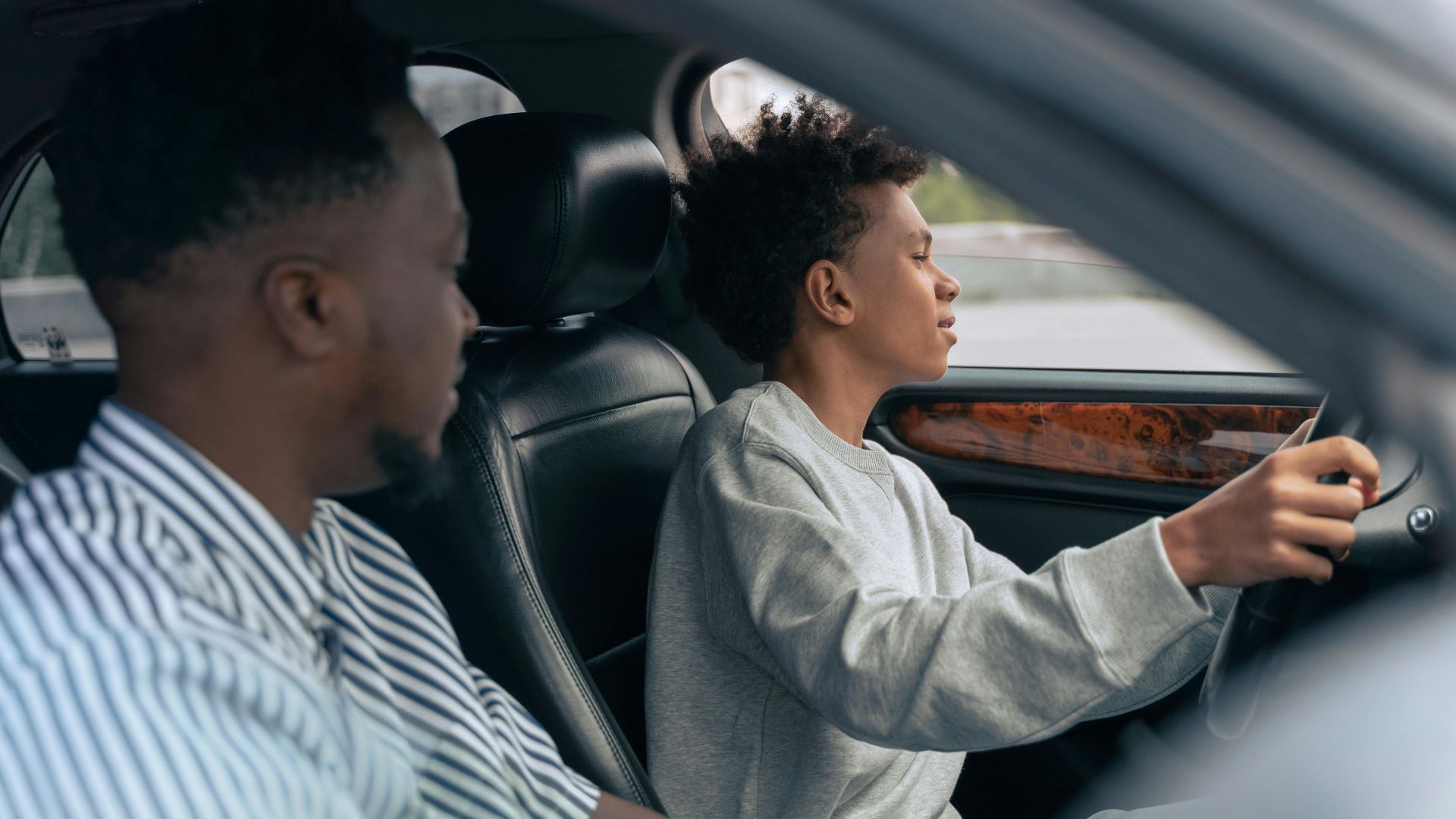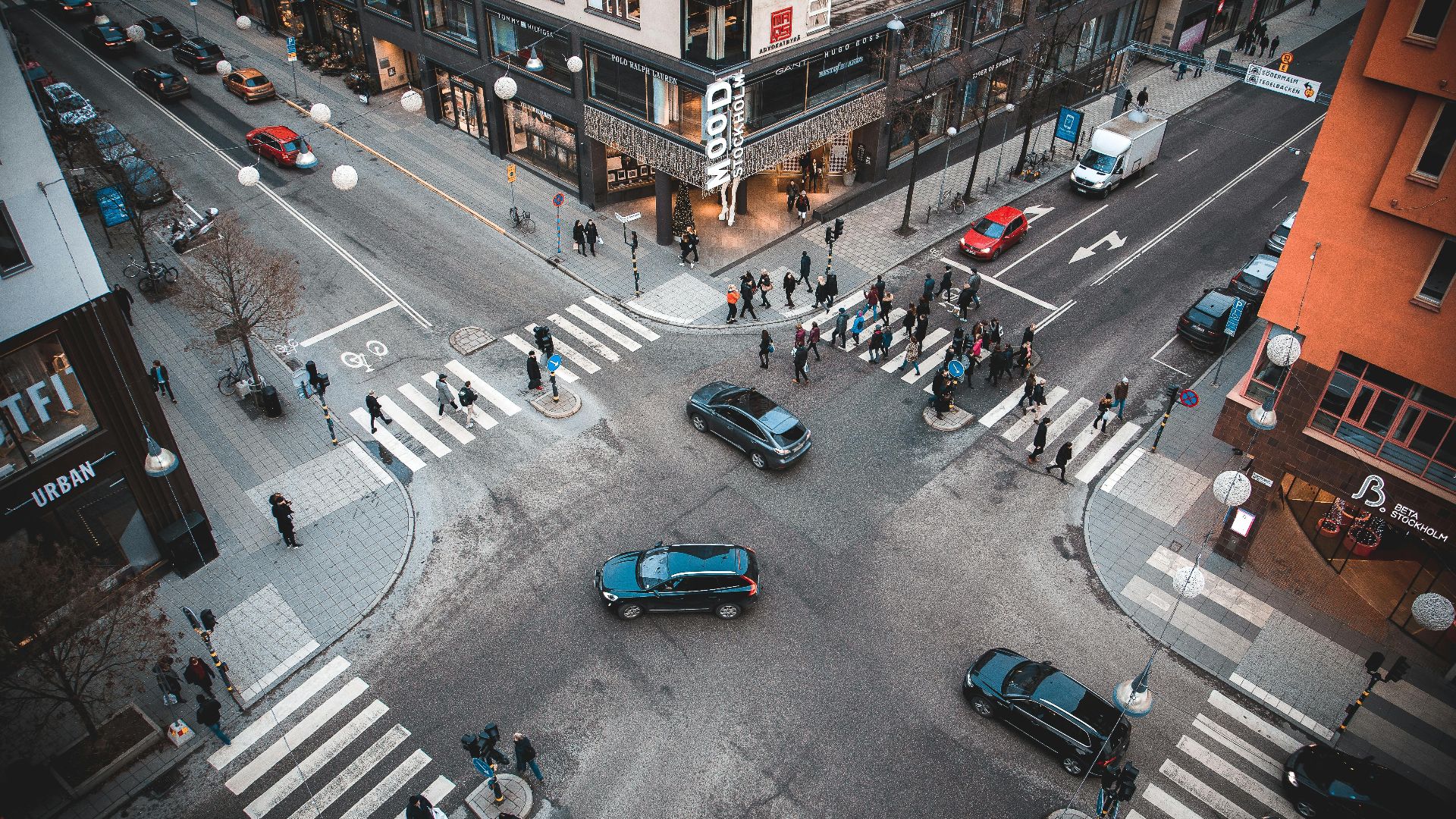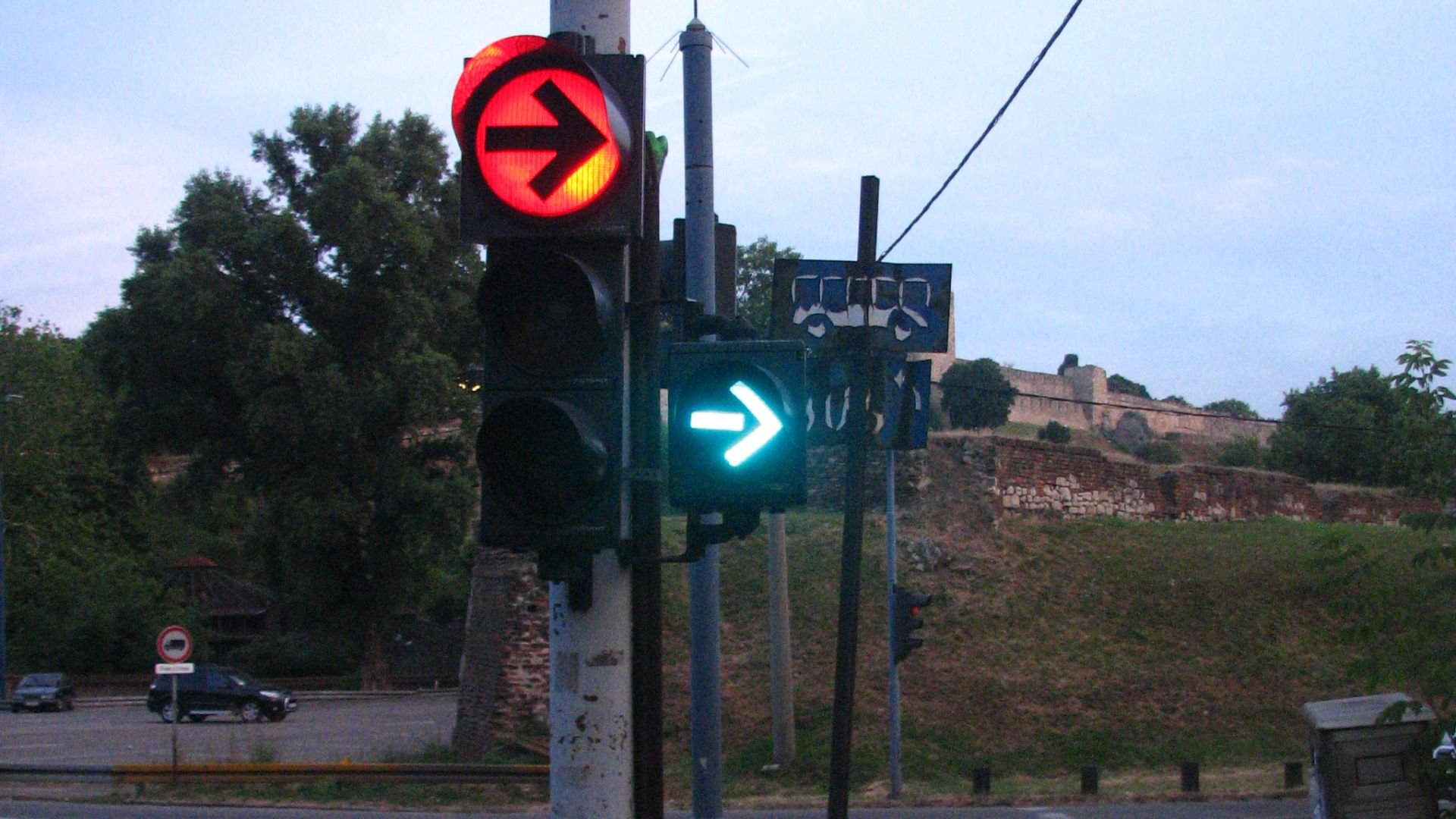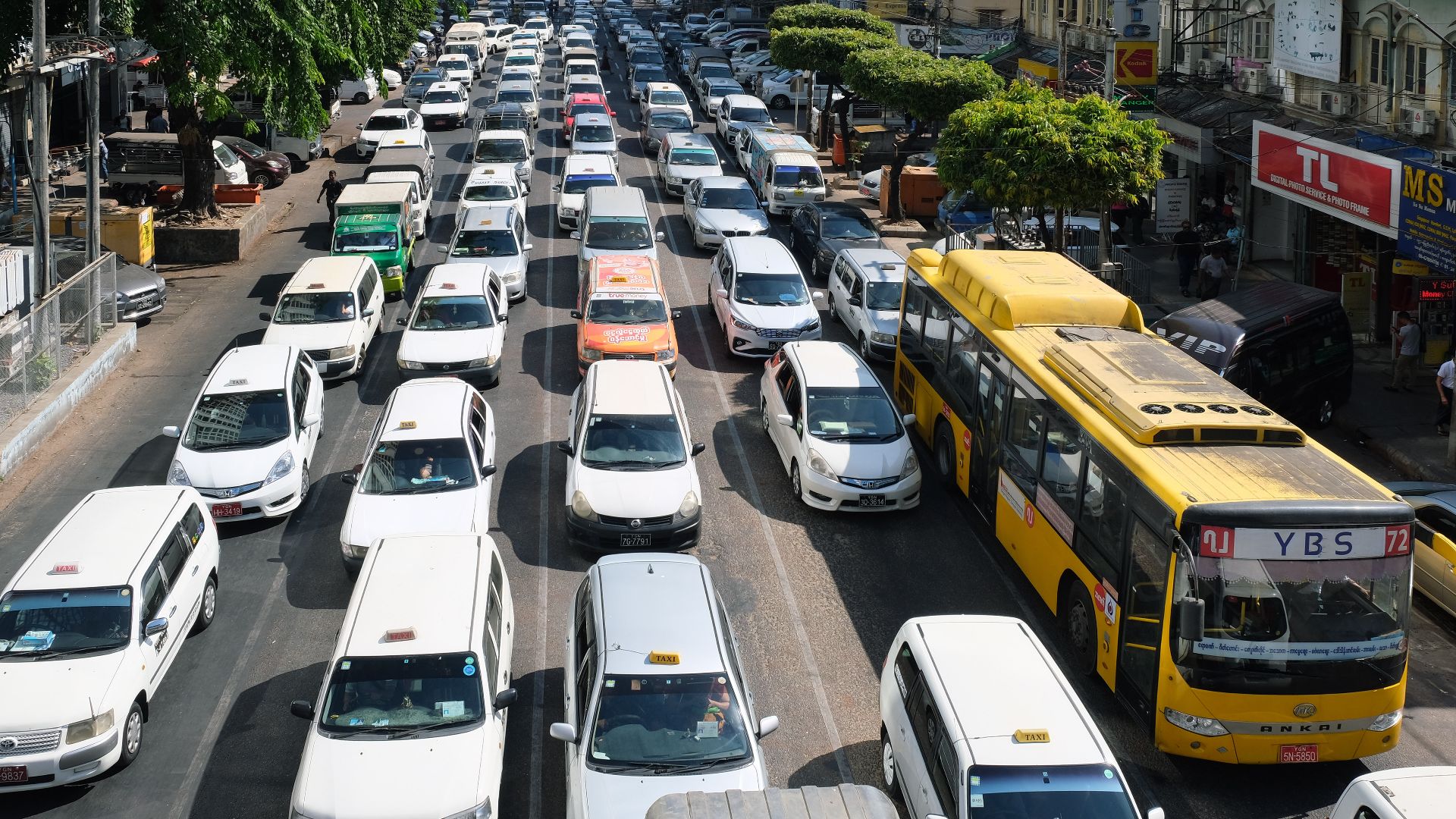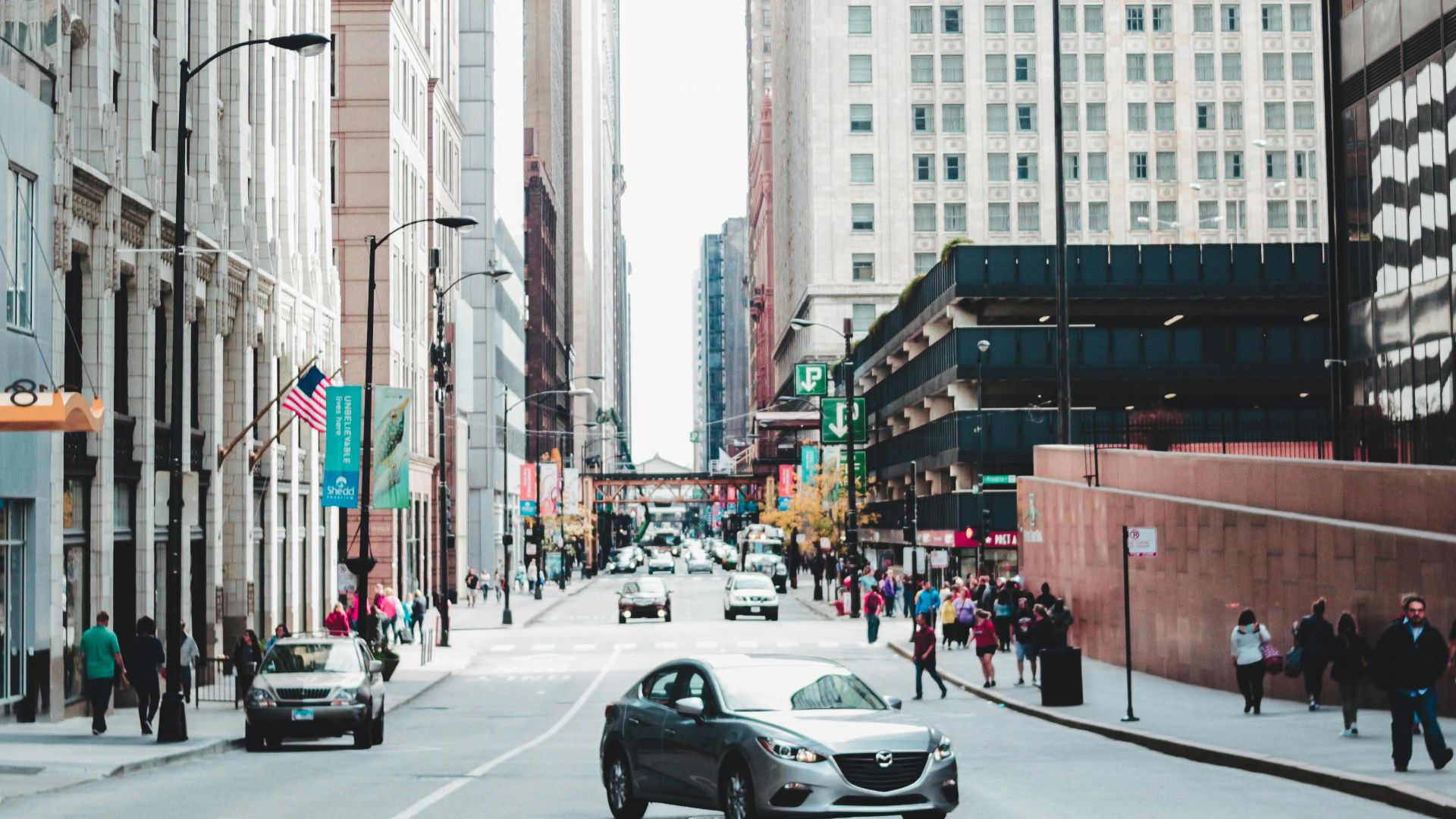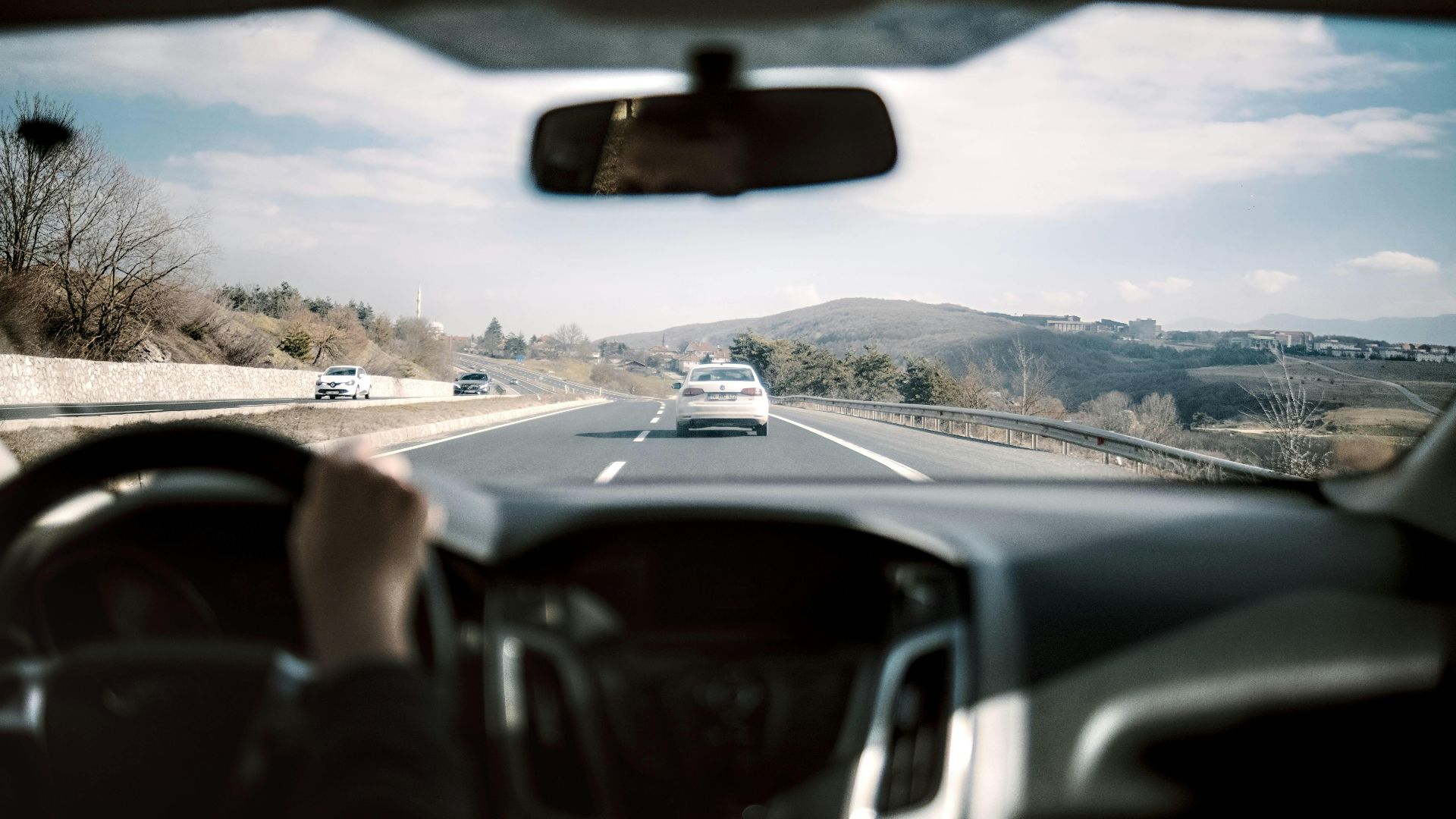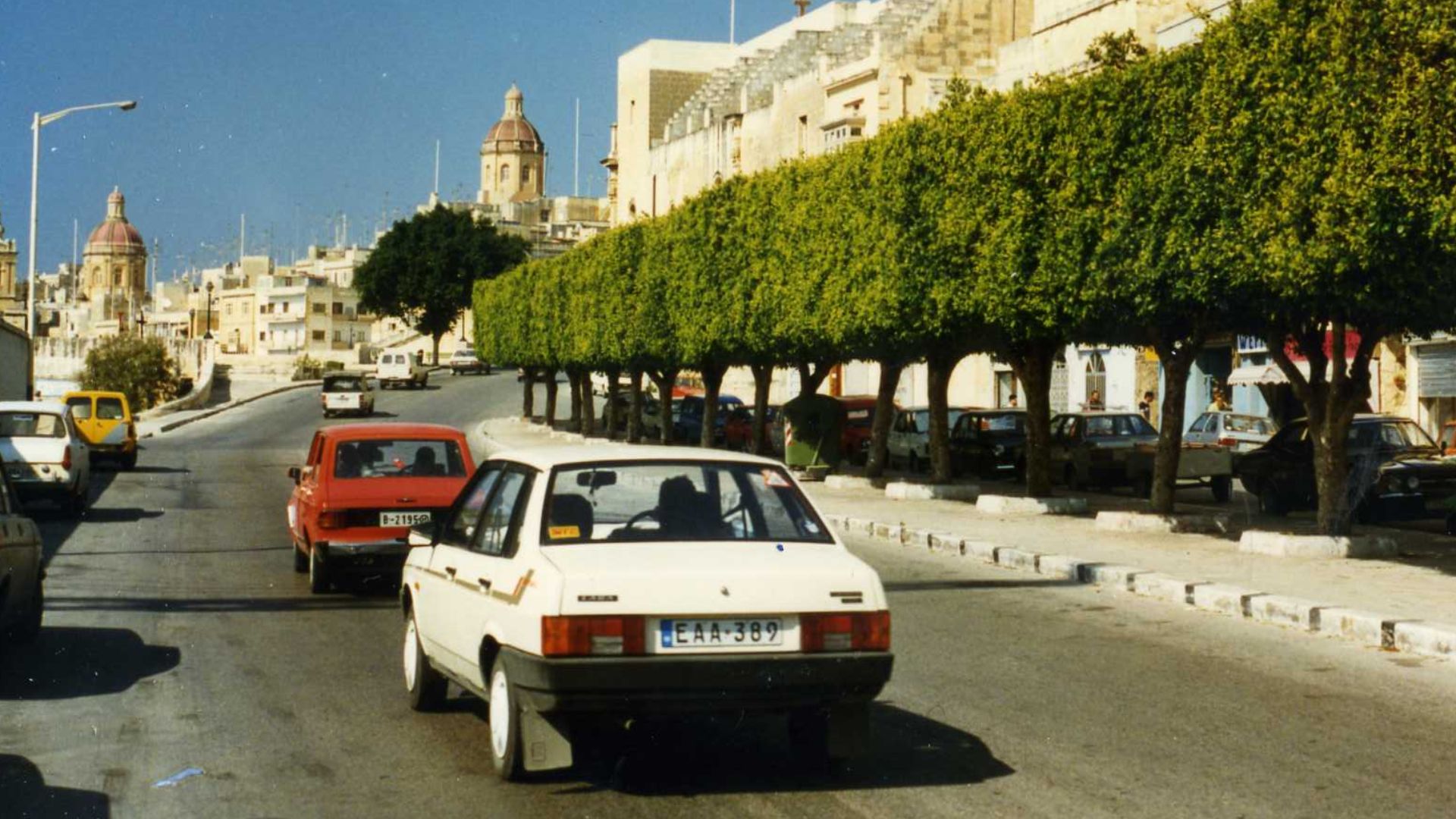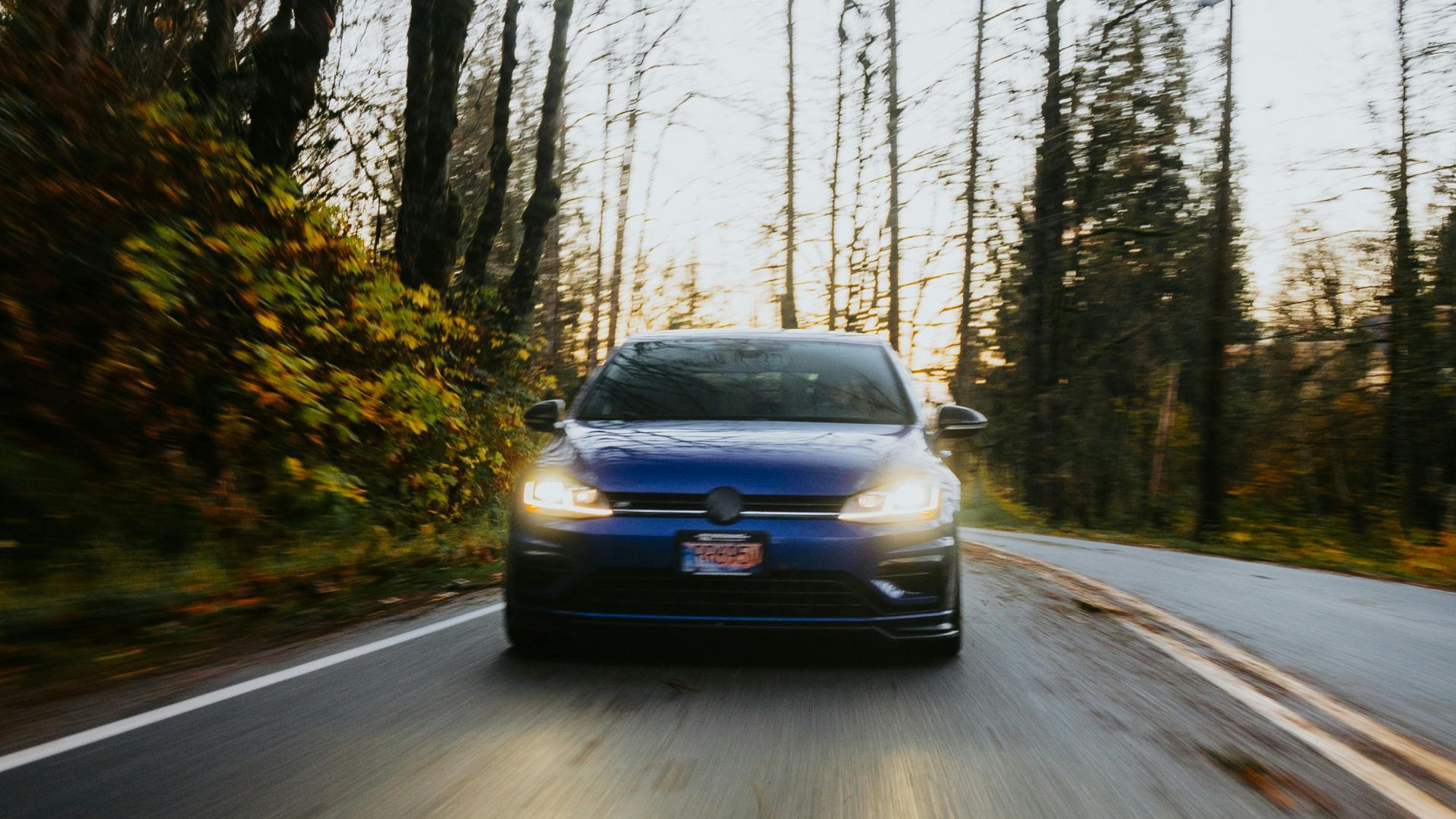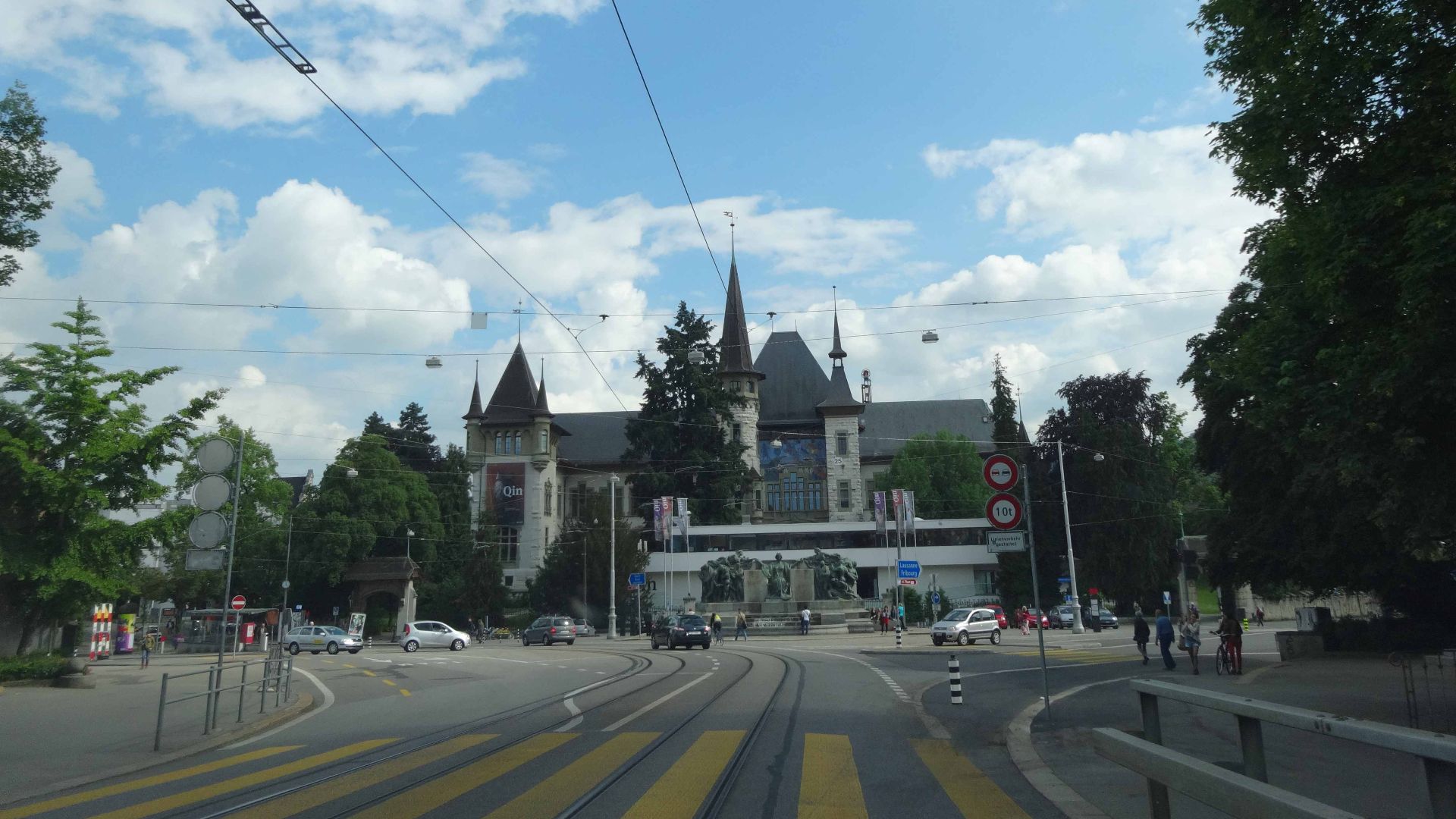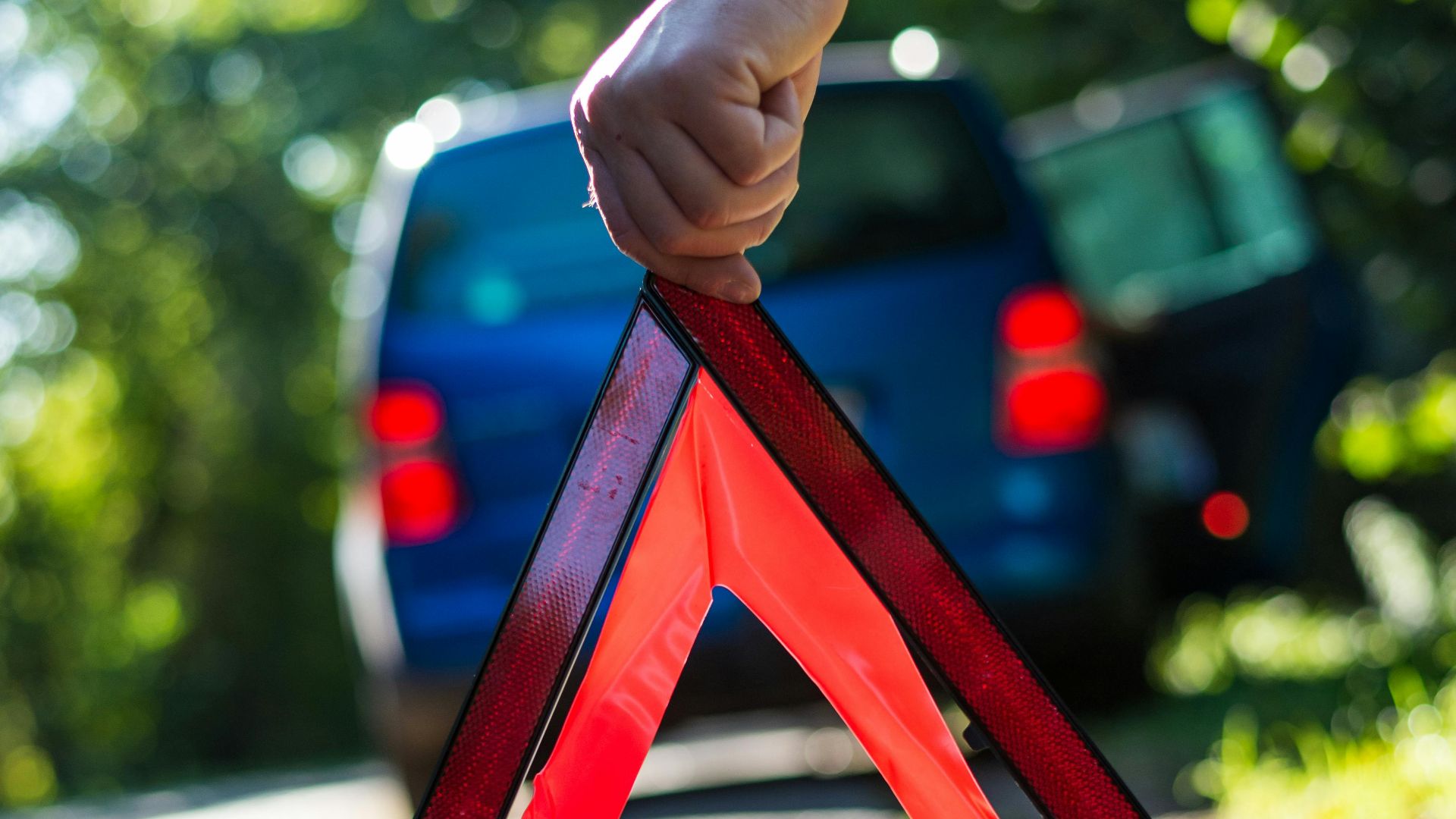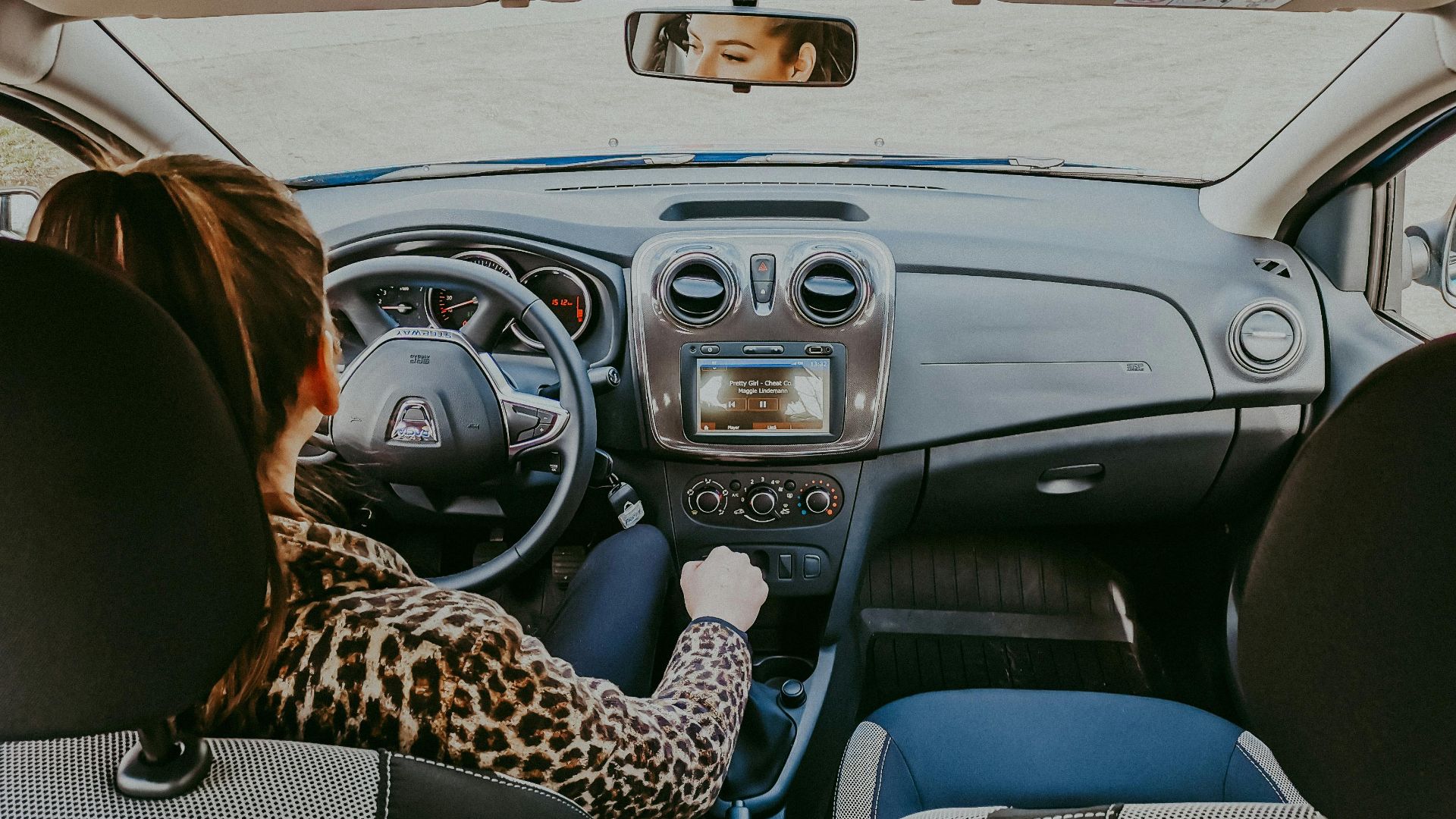10 Things American Drivers Do That Europeans Don’t & Vice Versa
When Driving Gets Cultural
Think the open road unites us all? Not quite. Crossing the Atlantic turns driving into a cultural study, where a blinker means one thing in Ohio and another in Oslo. Every gesture, lane choice, and parking habit reveals something deeper about how societies function. Do you want to see just how differently Americans and Europeans navigate the wheel? Let’s start with what sets American drivers apart.
1. Getting A Driver’s License At Age 16
In the U.S., many teenagers can get a driver’s license at 16. The rule makes early driving common, mostly in suburban and rural areas where public transit is limited. For most American teens, earning that license marks the first real step toward independence.
2. Four-Way Stop Signs
The four-way stop is a handshake of courtesy. Drivers make eye contact and take turns—a silent agreement that keeps intersections flowing smoothly. It’s a uniquely American rhythm of trust and patience played out every day on neighborhood streets.
3. Turning Right On Red Traffic Lights
In the U.S., turning right on red is perfectly legal in most places, after a complete stop, unless a sign says otherwise. The rule reflects America’s preference for efficiency and momentum, allowing drivers to keep traffic flowing even when the light isn’t green.
4. Frequent Right-Lane Passing / Overtaking
Right-lane passing is a defining feature of American highways. While some states discourage it, few enforce strict penalties. The result is a driving culture where overtaking happens wherever space allows, which reflects a system built more on practicality than precision.
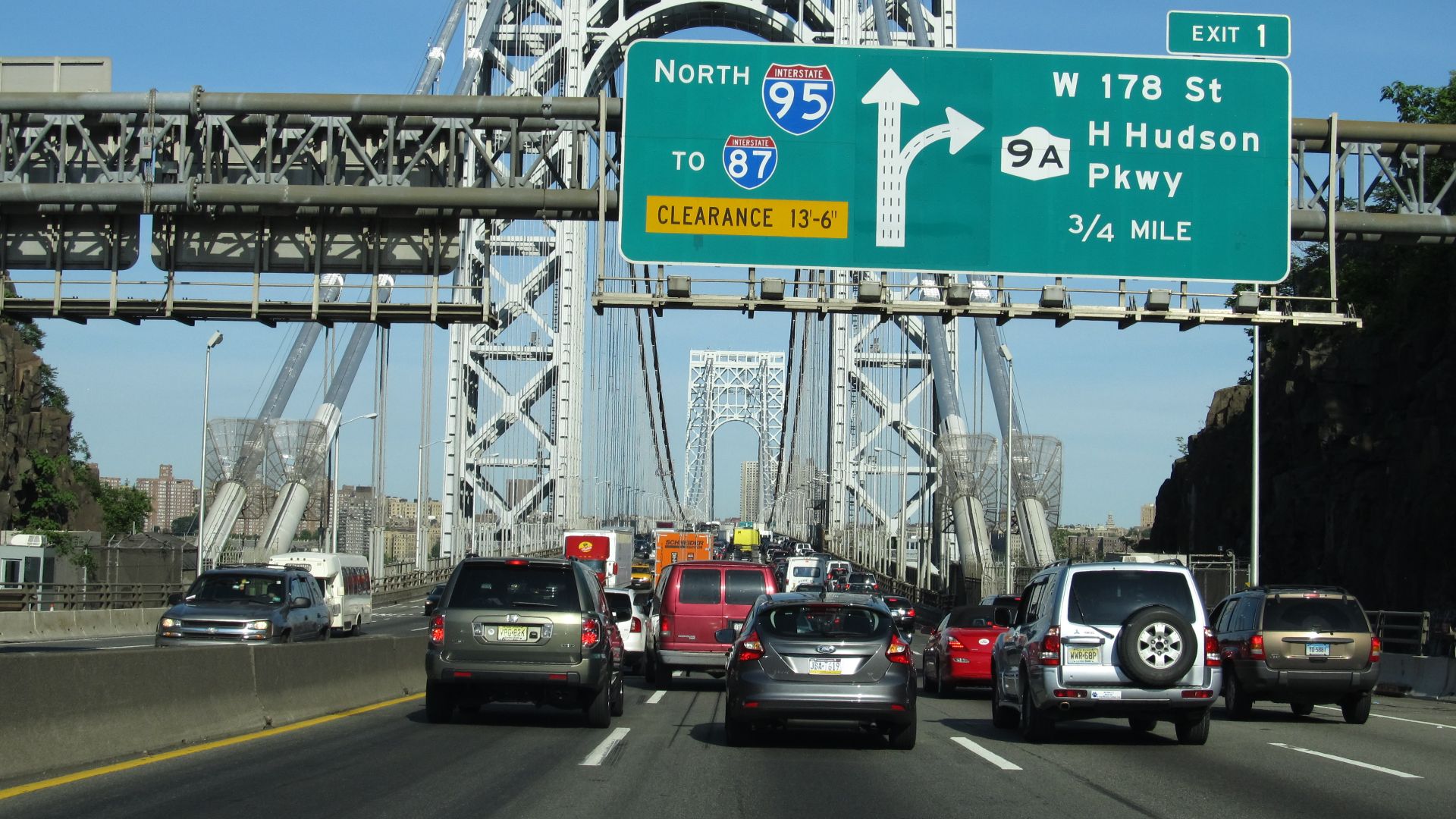 Ken Lund from Reno, Nevada, USA on Wikimedia
Ken Lund from Reno, Nevada, USA on Wikimedia
5. Daily Long Commutes
Urban design shapes how people drive. In the U.S., cities sprawl outward, which makes long daily commutes a norm. Some workers spend over an hour each way behind the wheel. The U.S. Census Bureau stated that the average American commute is about 27 minutes, nearly double that of many European nations.
6. Eating And Drinking While Actively Driving
It’s hard to imagine a U.S. drive-thru culture without coffee cups and breakfast sandwiches on the go. Many American cars are practically designed for multitasking, brimming with cup holders and snack-friendly setups. In Europe, though, that habit borders on taboo.
7. Hogging The Left Lane On Highways
You’re on the highway, ready to pass, but the car ahead just won’t move right. That’s a common American scene. Despite rules discouraging left-lane cruising, drivers often stay there out of comfort or inattention. It’s not illegal everywhere, but it definitely slows the rhythm of the road.
8. Using Turn Signals Optionally
Turn signal use in the U.S. remains inconsistent despite being required by law. Many drivers skip signaling during lane changes or turns, creating confusion and frustration on the road. Weak enforcement and a fast-paced driving culture have turned what should be a simple courtesy into an afterthought.
9. Accelerating Through Yellow Lights
In the U.S., yellow often means “hurry up” rather than “slow down.” Drivers frequently speed up to beat the red, a behavior that contrasts sharply with Europe’s stricter enforcement and caution around intersections.
10. Driving Farther Distances Routinely
American infrastructure favors distance over density. Sprawling suburbs and widely separated commercial areas make driving long stretches routine for most people. Public transit coverage remains limited, leaving cars as the most practical (and often the only) way to handle daily commutes and errands.
So far, the spotlight’s been on American habits that make Europeans double-take. Now it’s time to see how Europe takes the wheel differently.
1. Using Horns Sparingly
Unlike in some parts of the U.S., honking in Europe is rare and often considered rude unless absolutely necessary. Drivers rely more on lights and gestures to communicate and keep noise levels low.
2. Flashing Hazards To Thank Fellow Drivers
Courtesy looks different in Europe, and sometimes, it flashes. A quick blink of hazard lights means “thanks” after someone lets you merge or pass. American drivers, by contrast, reserve hazard lights for breakdowns or emergencies, missing out on this unspoken language of gratitude on the road.
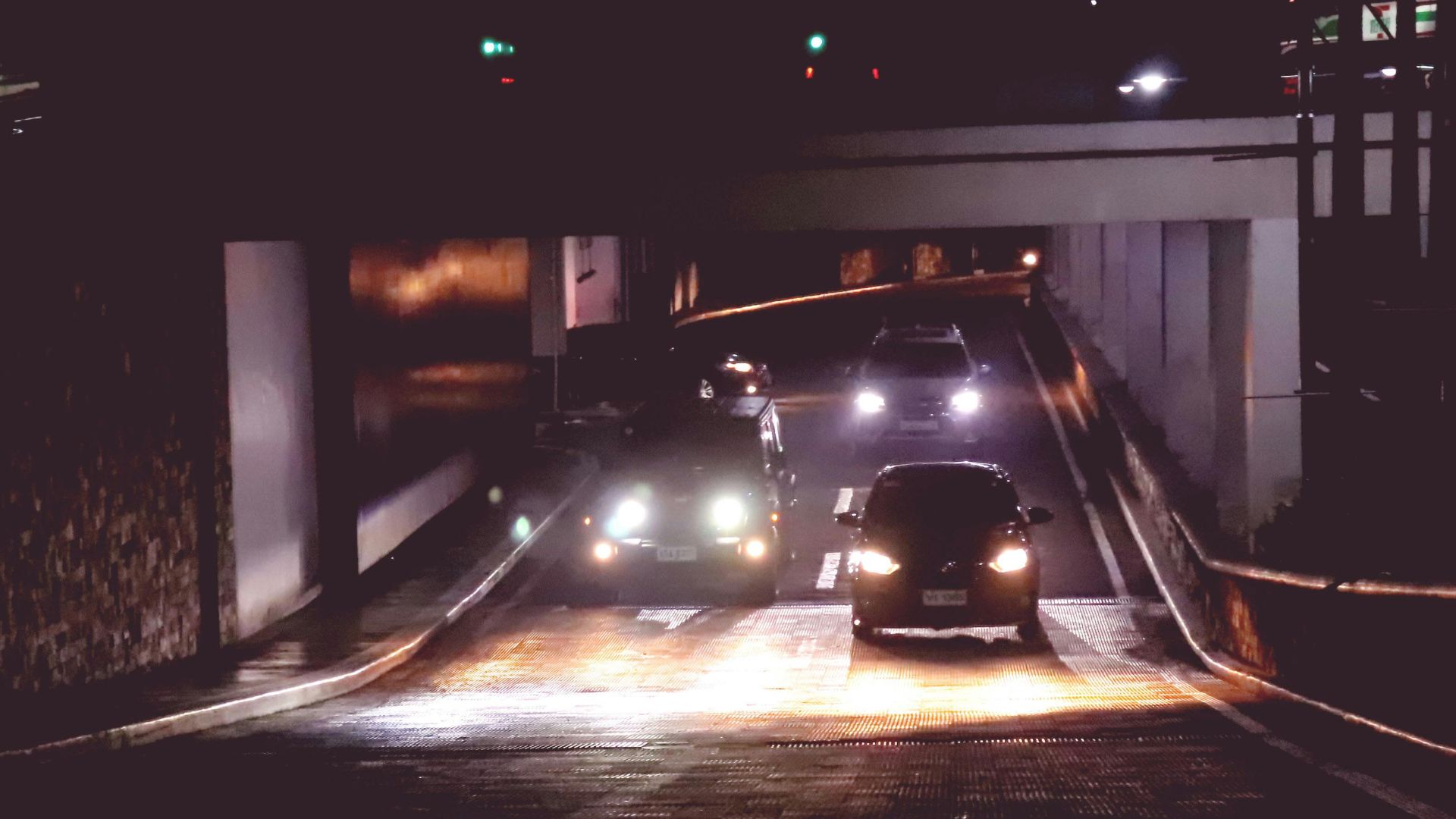 Eliel Frances Etruiste on Pexels
Eliel Frances Etruiste on Pexels
3. Keeping Daytime Running Lights Always On
Daylight doesn’t stop the glow in Europe. Many countries require daytime running lights (DRLs) to stay on at all times for safety. The rule, first popularized in Scandinavia’s low-light winters, improves visibility and helps prevent accidents.
4. Giving Priority To The Right Always
In much of Europe, especially France and Switzerland, the rule is simple: yield to the right. It applies to big intersections and quiet backstreets alike. The “priority to the right” rule keeps traffic moving, but only if everyone remembers it.
5. Completing First-Aid For Driving License
In Europe, earning a license means more than just mastering parallel parking—it includes saving lives. Several countries require a certified first-aid course before testing, covering accident response and roadside safety. The goal is to make every driver an instant helper.
6. Flashing Headlights To Yield Politely
You’re easing toward a busy junction when the car ahead flashes its headlights twice. In Europe, that’s your cue to move; someone’s kindly giving way. In the U.S., though, that same flick could send the opposite message: slow down, danger ahead.
7. Carrying A Warning Triangle And Vest
Every European driver keeps a high-visibility vest and a warning triangle in the car, because it’s the law. Break down without them, and fines follow. The rule ensures stranded drivers stay visible on narrow roads. Such preparedness is recommended but rarely required in the U.S.
8. Parking Only Facing Traffic Direction
Park the wrong way in Europe, and the ticket’s already printing. Many countries strictly enforce parking direction laws and require cars to face the flow of traffic. Violating this rule may lead to fines or even towing, as proper alignment is tied to both safety and visibility.
9. Pay-For-Road Usage And Tolls
Many European roads, bridges, and city zones carry automatic tolls or charges. Drivers routinely plan routes based on cost, using apps and maps to avoid fees—a habit less common in many U.S. regions where roads are largely free at the point of use.
10. Shifting Gears Manually
Manual transmissions are still the norm across Europe. Most drivers learn to handle a stick shift from the start. Renting a car can stump American visitors used to automatics, and in some countries, passing a driving test requires mastering the manual gearbox.
